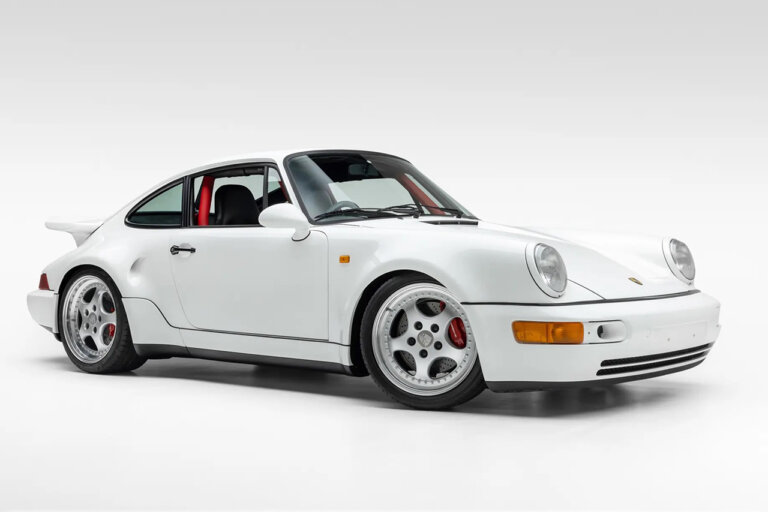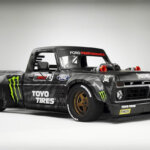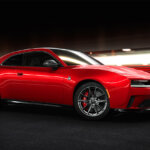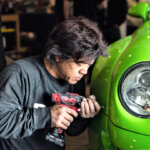What are Forged Wheels?
Forged wheels are created through a distinct manufacturing process that imparts unique qualities to the final product. This method involves subjecting a solid piece of metal to immense pressure, shaping it into the desired wheel design. The process of making forged wheels can be summarized in several stages, along with the associated advantages and disadvantages.
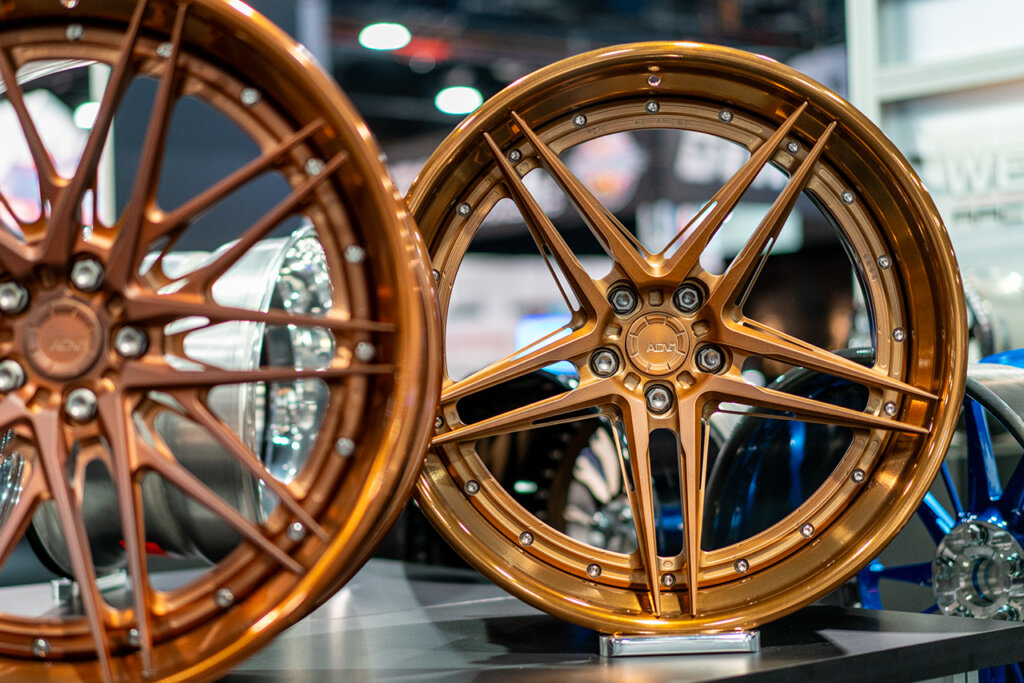
Source: Motofutura
At the outset, a solid billet of metal, typically aluminum, is selected. This billet serves as the raw material from which the wheel will be forged. It is heated to a specific temperature to enhance its malleability and facilitate the shaping process.
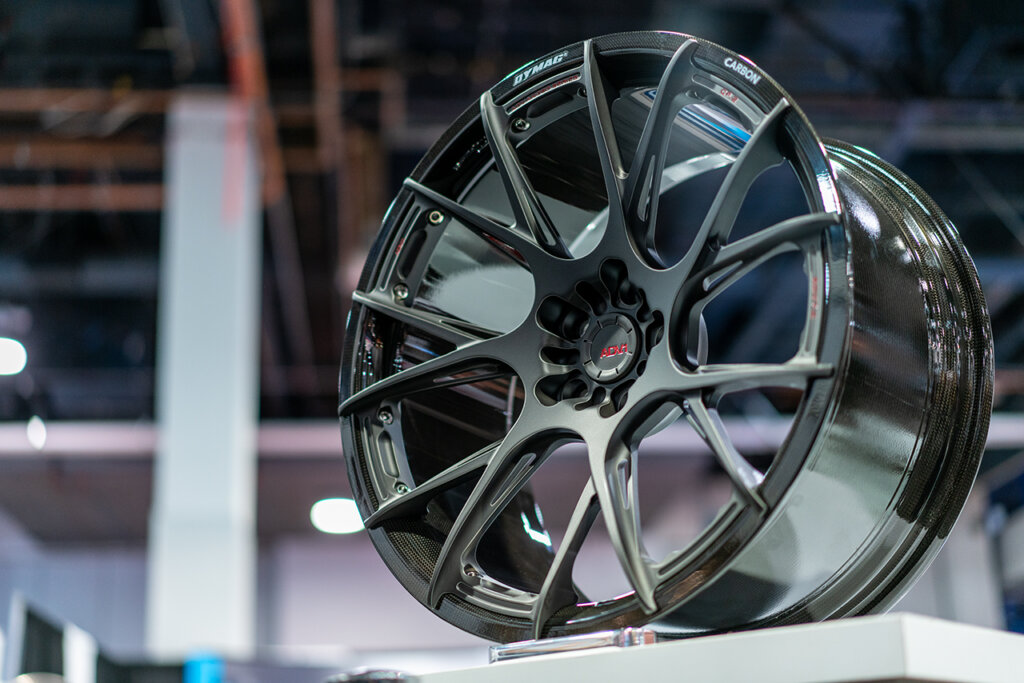
Source: Motofutura
Once the billet reaches the appropriate temperature, it is placed in a forging press. This press exerts substantial force on the billet, causing it to take on the shape of the wheel’s design. The pressure applied during forging results in the alignment of the metal’s grain structure, which contributes to the enhanced strength and durability of the forged wheel.
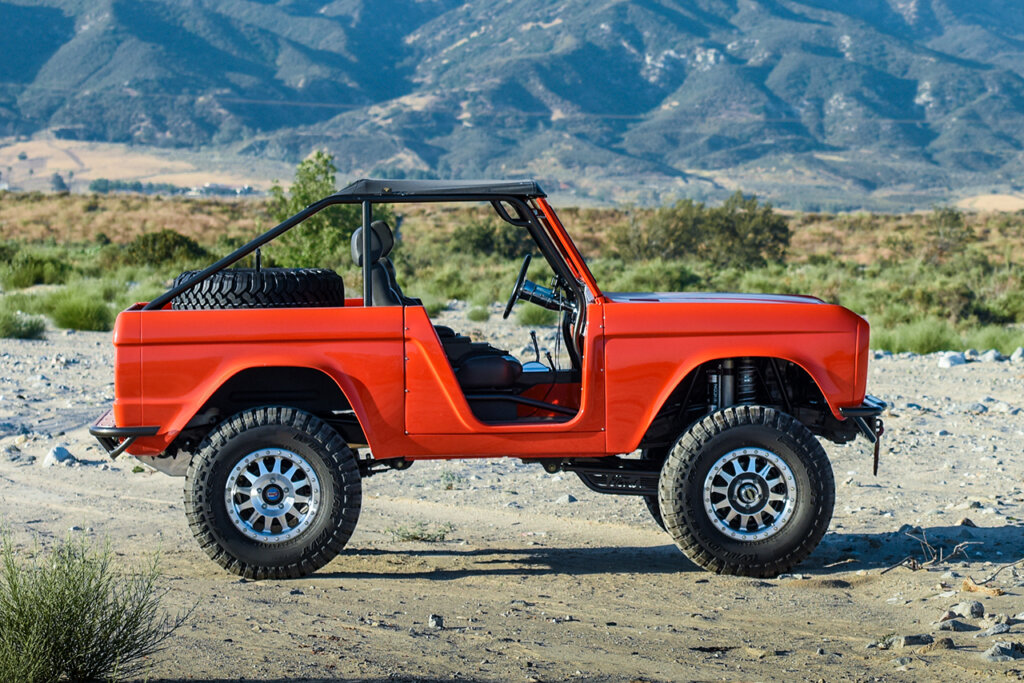
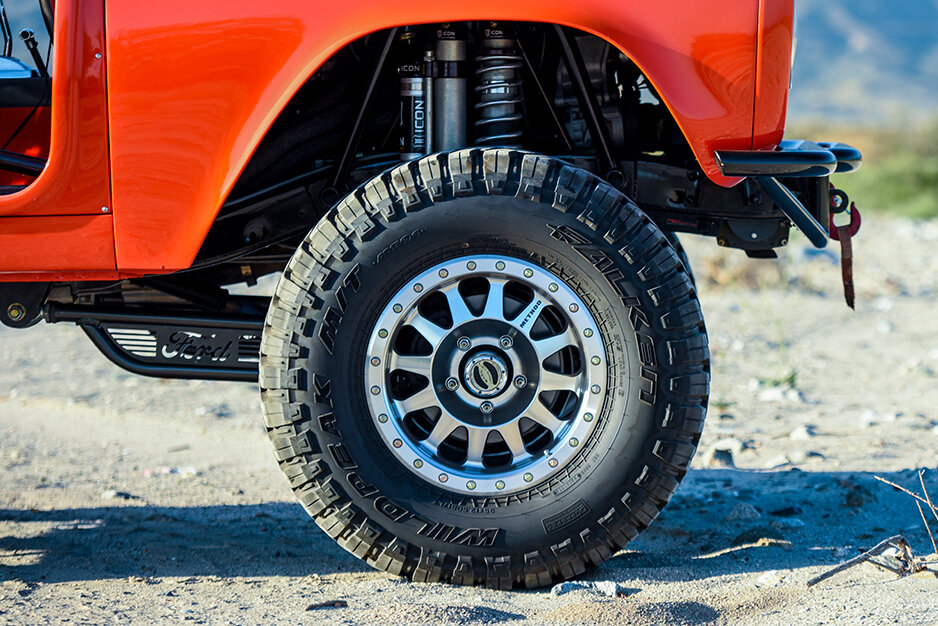
Source: Motofutura
Following the forging process, the wheel undergoes precision machining. This entails removing any excess material and achieving the precise dimensions required for the final product. The machining process helps ensure consistency and accuracy across all aspects of the wheel’s construction. Surface finishing is an essential step in producing forged wheels. The wheel’s surface is carefully refined to achieve the desired appearance and texture. Finishing techniques can include painting, powder coating, or polishing, which contribute to the aesthetic appeal of the wheels.
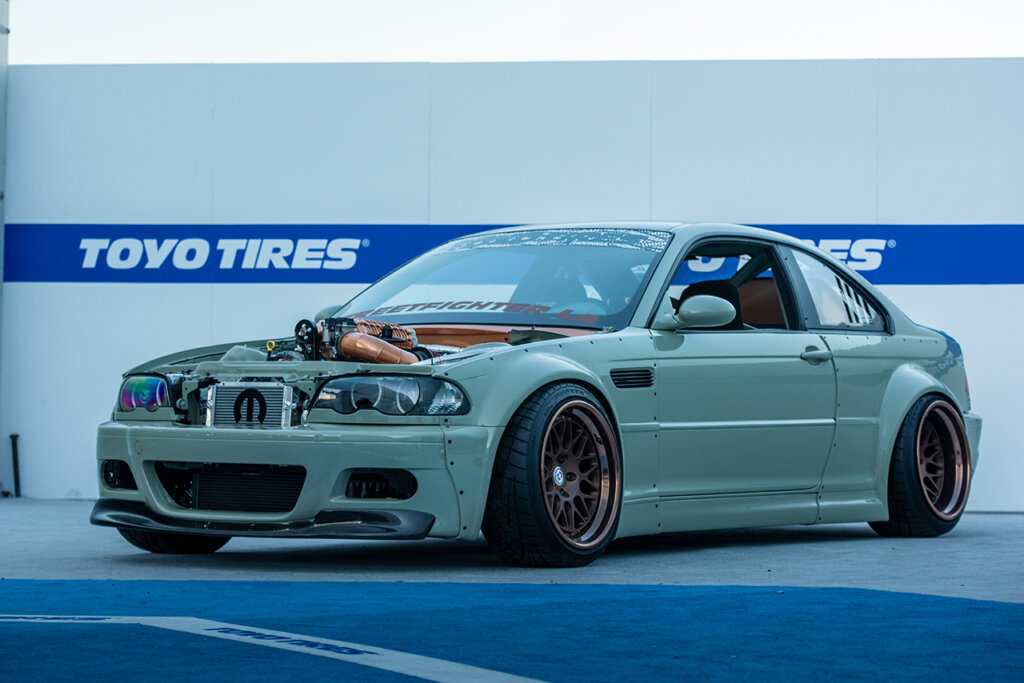
finished in Brushed Bronze—SEMA 2018
Source: Motofutura
Advantages associated with forged wheels stem from their unique manufacturing process. Due to the application of extreme pressure, the resulting wheels exhibit exceptional strength characteristics. This superior strength-to-weight ratio enhances vehicle performance, including acceleration, braking, and overall handling. Forged wheels are notably lighter than their cast counterparts, thereby reducing unsprung weight and improving overall efficiency. The forging process also aligns the metal’s grain structure, further bolstering strength and resilience.
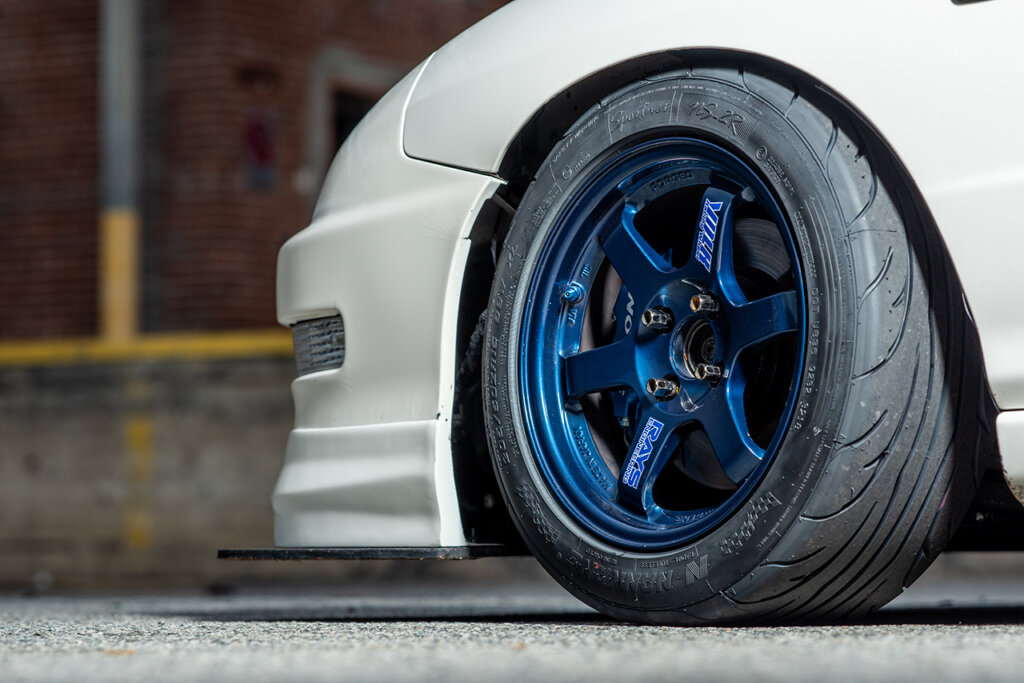
Source: Motofutura
However, this manufacturing method also carries certain drawbacks. The cost of producing forged wheels tends to be higher compared to cast wheels due to the specialized equipment and precise processes involved. Additionally, the design flexibility of forged wheels can be limited compared to cast wheels, as the forging process may have constraints on intricate designs.



